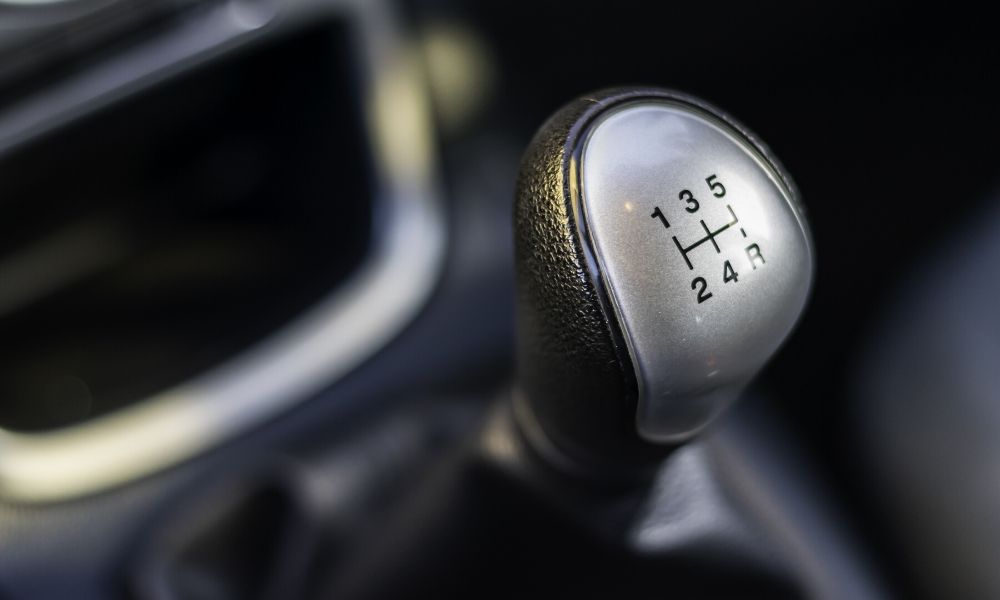
If you’ve ever ridden in a vehicle with a manual transmission or watched an action movie, you’ve likely seen how manual vehicles are operated: the driver moves the gearshift and presses or releases the clutch pedal to change speeds. But what exactly happens when the driver shifts gears on a manual car? Whether you’re interested in purchasing a manual car or simply want to gain a better understanding of how manual transmissions work, this quick and simple guide can help.
Shifting into first gear
The first step to operating a manual vehicle is to depress the clutch pedal, which disconnects the power flow between the engine’s input shaft and transmission. This should be done while the car is stopped and before you even turn the key in the ignition so that the engine can run without sending power to the rest of the vehicle.
After the clutch pedal is pressed, move the gearshift into the first gear position. Doing so will force the shifting fork mounted to the output shaft to move toward first gear, which is mounted to the output shaft. Attached to the shifting fork is a synchronizer collar that securely mounts the driving gear to the output shaft and syncs up their speeds. The synchronizer collar enmeshes with the first gear.
To get the vehicle to move, the clutch pedal should then be released gently while the throttle is lightly applied. As the clutch pedal is increasingly released, more pressure should be placed on the throttle until it is fully released. Upon doing so, the engine and transmission are linked, the vehicle is moving, and the vehicle is securely in gear.
Changing gears
To understand how manual transmissions work, you must be familiar with how the gears shift. To change gears and get the vehicle to go faster, the process outlined above essentially repeats itself. Remove pressure from the throttle while depressing the clutch pedal to disconnect power between the transmission and the engine. Then move the gearshift into second position. Upon doing so, release the clutch while simultaneously applying the throttle. The vehicle should then successfully shift into second gear.
With the exception of reverse gear, this process is essentially used to change gears in a manual transmission vehicle and move forward. To shift into reverse gear, the vehicle can’t be moving. It must be at a complete stop before all of the above steps are followed.
If there is an issue with the manual transmission on your vehicle, Transparts Warehouse can help. To get your vehicle working properly again, purchase our top-quality manual transmission parts online.

